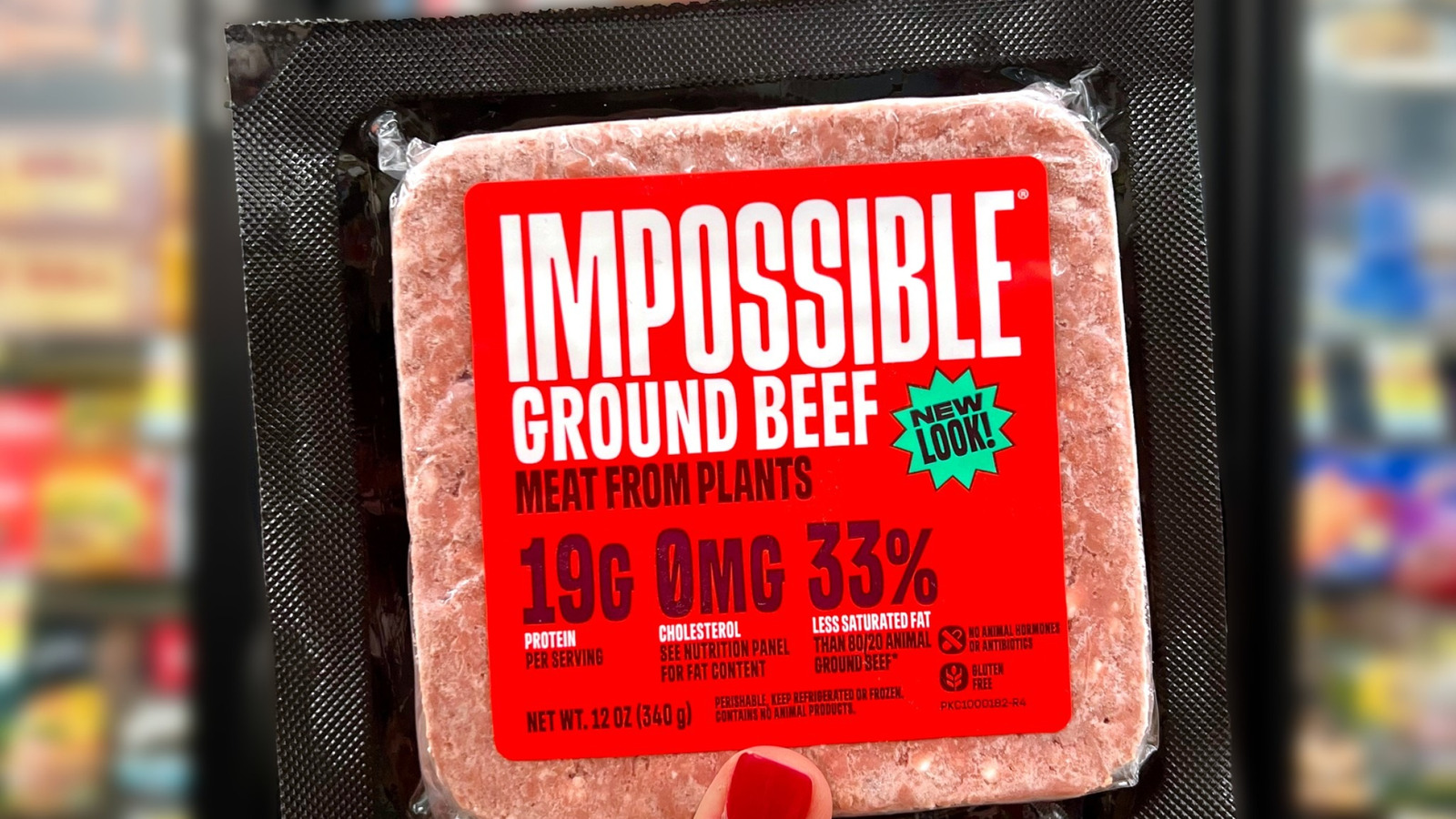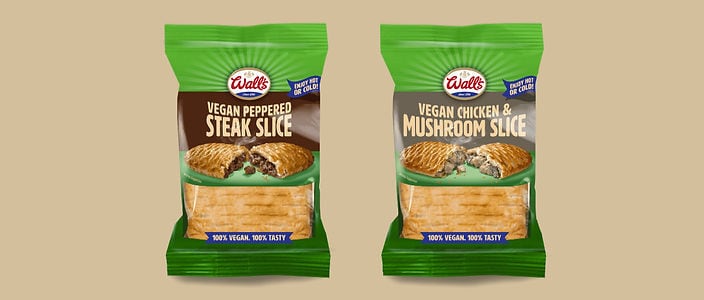Plant-based meat brands like Impossible burst onto the scene at the end of the 2010s amid a wave of hype, but since then, they have faced a lot of questions, including just how healthy of an alternative to meat they really are. Driven by concerns over the meat industry’s impact on the environment and animal welfare, it seemed like plant-based alternatives were poised to take over a big chunk of the market with sales surging up to 2021. Then came the inevitable backlash. Unit sales fell 26% between 2021 and 2023 (according to a study by the Good Food Institute), and dropped again in 2024 as consumers questioned the high amount of processing and ingredients that it took to make these meat alternatives. In response, Impossible released a 2.0 version alongside competitors like Beyond with improved nutritional profiles and “cleaner” ingredient lists. But what actually goes into Impossible meat now? And is it a healthier choice?
Well, the answer to that question is going to vary, because Impossible now makes a pretty wide range of products. In general, there is a similar base of ingredients. Looking at Impossible’s signature plant-based ground beef, its sausage, and its chicken patties, you find that all three are based around soy as the protein with sunflower oil and coconut oil for the fat. How healthy this all is depends on your tolerance for processing. From a nutritional profile, Impossible products now have less fat and cholesterol than real meat, and more nutrients, but this comes from more additives, making the choice less clear.
Impossible meat is made from soy, plant oils, and binders like plant starch
The terms “processed food” and “ultra-processed food” are actually less than ideal when it comes to health because they are so expansive. Technically, any food that is changed from its natural state is processed, so even fresh vegetables that you add some salt to and roast are considered processed. It doesn’t mean anything is unhealthy all by itself. So yes, Impossible meat is quite processed, but what matters more is what actually goes into it.
Beyond the soy and fats that make up most Impossible meat, there are quite a few other ingredients, but not as many as you see in lots of other processed food. One of the most important is soy leghemoglobin, also called heme. This is an iron-rich molecule found in red meat that can also be found in many plants like soy, and Impossible creates it using genetically modified yeast. It’s responsible for the “bleeding” in the burger and for producing a savory taste that mimics the flavor of red meat.
Most Impossible meats also contain modified food starch and methyl cellulose, used as thickeners and binders in many foods, a preservative called cultured dextrose, and standard dextrose, which is a sweetener. Impossible products like the sausage and chicken patties also contain spices and flavors like onion and garlic powder. All of these are pretty standard processing ingredients, but if you don’t like preservatives and lab-created ingredients in your food, then you should take that into account.
Impossible meat contains more nutrients and less fat than normal meat
You may have some concerns over the processed ingredients in Impossible meat, but if you look at it from a pure nutritional standpoint, it is actually a healthy alternative. While fat is part of a balanced diet, nutritionists still recommend limiting your consumption to moderate amounts. Plant-based beef brands used to have more fat than standard meat, but after being reformulated in 2022, Impossible meats now have less fat. Impossible beef is now similar to lean ground beef in fat and has less than the 80-20 beef standard for most hamburgers.
Impossible sausage and chicken patties also have around 30% less fat and fewer calories than other pre-packaged ground sausage and breaded chicken. Impossible meats have no cholesterol, while regular meat, especially red meat, is high in cholesterol. And even with all of that, Impossible meat has a similar amount of protein to real meat.
The plant-based ingredients also have some nutrients that meat doesn’t, including a solid amount of fiber. The one area where Impossible meat still struggles is it’s high amount of sodium compared to raw beef, but the sausage and chicken patties actually have less sodium than the meat-based versions do. So if you’re interested in using plant-based meat but concerned about nutrition, know that Impossible is certainly not less healthy than meat and, in some ways, it’s better.



